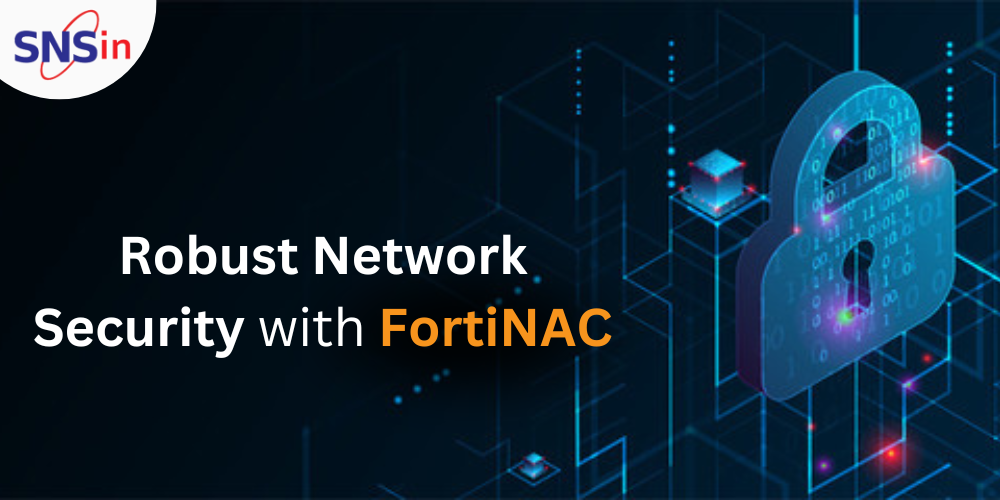Article by: Mr. Sanjeev Kumar
Social distancing is one of the critical ways of limiting the spread of the COVID-19 coronavirus, which is leading to more and more organizations asking staff to work from home. However, the rush to remote working can create more cybersecurity threats.
We would like to share some of the below precautionary steps for a “Safe and Secure” WFM (Work from Home) practice:
1. Change your Router login and password / Mobile Hotspot Name and password.
If you have never changed the login and password required to enter the router settings, do so now. The default passwords for many models are not only too weak but also known across the Internet and easily searchable.
Attackers often write them into the code of malicious programs — if they work, the router is captured and turns into a bot. Plus, the intruders can also spy on you, because everything that you send online passes through the router. Unsurprisingly, the place to change the router username and password is in the router settings.
2. Always have the practice of having strong passwords, especially your Phone, Laptop, and even the Laptop’s hard drive.
Use a password manager, like Bitwarden, to create and manage secure passwords and passphrases. You can create an individual account for your use or your team’s use.
3. Stay Vigilant
Majority of the cyber-attacks happens via phishing emails, malicious messages through websites and social media and malicious apps. Hence, It is critical to advise employees (i) not to click links and attachments which are suspicious and (ii) to check all emails and messages for authentic URLs, domain names and spelling errors. If the authenticity of links and URLs are doubtful, the same can be verified by visiting the websites of organizations.
4. Always ensure the safety of the links you open, especially those related to work. You can use Virustotal to scan your links safely.
5. Enabling Network Encryption
Almost all wireless routers come with an encryption feature. By default, it is turned off. Turning on your wireless router’s encryption setting can help secure your network. Make sure you turn it on immediately after your broadband provider installs the router. Among the many types of encryption available, the most recent and useful is “WPA2.”
6.Turn off Network Name Broadcasting.
When using a wireless router at home, it is recommended that you disable network name broadcasting to the general public. This feature is often useful for businesses, libraries, hotels and restaurants that want to offer wireless Internet access to customers, but it is usually unnecessary for a private wireless network.
7. Beware of Coronavirus-Themed Phishing Emails
Cybercriminals are exploiting the coronavirus outbreak to send fake emails with dangerous links to employees. Here’s how it works. The email messages may appear to come from company officials and might ask you to open a link to a new company policy related to the coronavirus. If you click on the attachment or embedded link, you’re likely to download malware onto your device. Don’t click. Instead, immediately report the phishing attempt to your company admin / IT team.
8. Lock your device before Walking Away
Someone can catch a glimpse of your work correspondence even when you’re having a cup of tea or taking a bathroom break. Thus, it’s essential to lock the screen whenever you get up. Consider the small hassle a tiny price to pay for keeping corporate secrets safe.
Even if you’re working at home and outsiders have no access to the room, it’s still worth locking your device. You don’t want your child to send your boss a smiley-laden text. Or your cat to walk across the keyboard and mail an unfinished message to the board of directors. If you’re about to go somewhere else, lock the screen. And it should go without saying that your computer needs password-protection.
Working from home requires changing your routine. Making sure you’re cyber secure is part of that. Enforcing strong passwords, turning on personal firewalls, spotting unusual computer activities and avoiding clicking on unsolicited emails can help form the first line of defence. It is also essential that all devices, including mobile phones, tabs, desktops and laptops, should be protected with up to date antivirus and malware protection software with the latest signatures. Get the latest version of operating systems and upgraded security patches.
![]()



